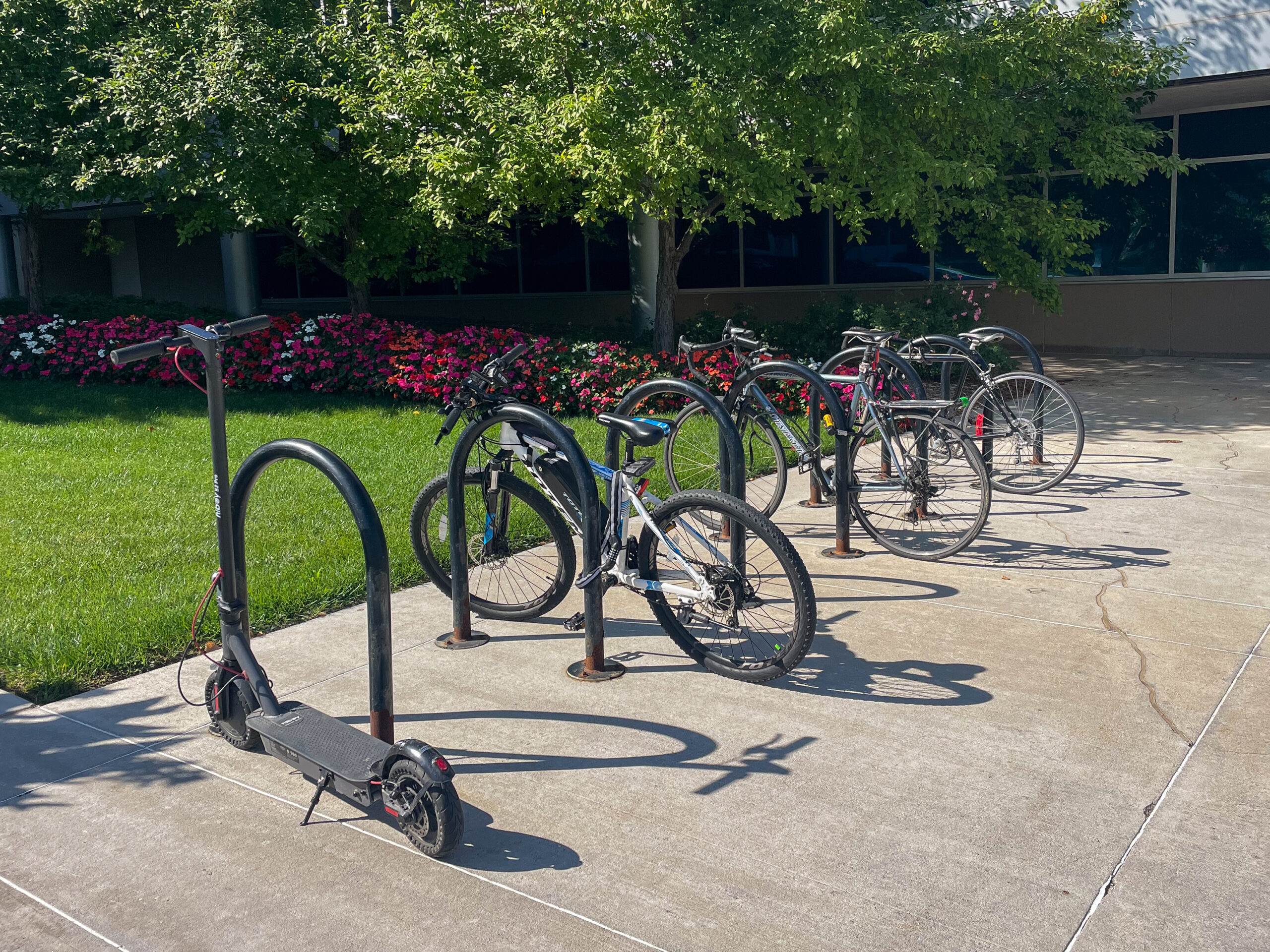Walk through a parking lot, open Fizz or ask your friend where they parked this morning and you will surely be reminded that arriving at campus is a struggle for many students. Complaints can be heard all around Creighton about unjust parking tickets, the cost of parking passes and the time spent driving in circles around campus to find a spot. The parking crisis at Creighton has been well-documented since the 1940s and affects all students and faculty in some capacity, even if only for the worn-out debate it sparks.
Most upperclassmen and graduate students live near the Gifford Park, Midtown or Downtown districts. Each of these neighborhoods is connected by residential or business streets to Creighton’s campus. Yet many of these students don’t consider their homes to be a walkable distance from campus, choosing to drive to school every day.
Creighton students who live in the Atlas Apartments already enjoy easy access to campus. The Heaney Pedestrian Bridge, partly funded by Creighton, was constructed for upperclassmen living off campus to have an easy and safe walk to Creighton, while also reducing the need for cars on campus. Extending Bluejay Shuttle routes into Gifford Park and providing free city bus passes for students are some other solutions Creighton has presented in recent years to reduce the number of students driving to campus. So far, it seems that these fixes have not fully solved the parking problem.
One forgotten solution may be one of the simplest: biking to campus provides a convenient commute for those in bordering neighborhoods, while also cutting down on cars parking on campus.
Apart from helping our parking situation, encouraging students to bike could also support their well-being, as fresh air and physical activity have been shown to decrease feelings of stress and anxiety, according to the National Insititute of Health.
During most of the winter — excluding only the iciest or snowy days — biking is still possible and continues to be a safer alternative to walking in frigid temperatures. Compared to walking, biking keeps you warmer en route to campus in the winter and cooler in the summer.
Not every student owns a bike or brings one to college, but for less than the cost of a semester of parking, you can buy a cheap, used bike. An annual student surface parking pass costs $450, while many used bikes on Facebook Marketplace sell for under $200.
Of course, not everyone can bike to campus. Some students and faculty live too far away to bike. However, those who can bike should whenever possible, saving precious parking space for those who have a farther commute.
Having a bike-friendly campus fits well with Creighton’s image. Bikes are an environmentally friendly alternative to cars, and Creighton brands itself as a sustainable campus. The university installed solar thermal technology on the new residence halls, but bike racks seem to be sparse among recent builds on the east side of campus. Even though sustainability is mainstream, biking as a means of transportation has gone out of fashion.
Amidst the new construction developments on campus, I hope Creighton’s administration considers other sustainable modes of transportation. Along with adding more parking lots, Creighton has the power to create a more bike-friendly campus by installing bike racks and lockers and encouraging students to bike to class whenever possible.
The parking crisis at Creighton affects all students and faculty. Let’s all do our part to alleviate parking constraints on campus. To all those who live within biking distance, I challenge you to choose the simple joy of riding a bike over the frustration of searching for a place to park.
